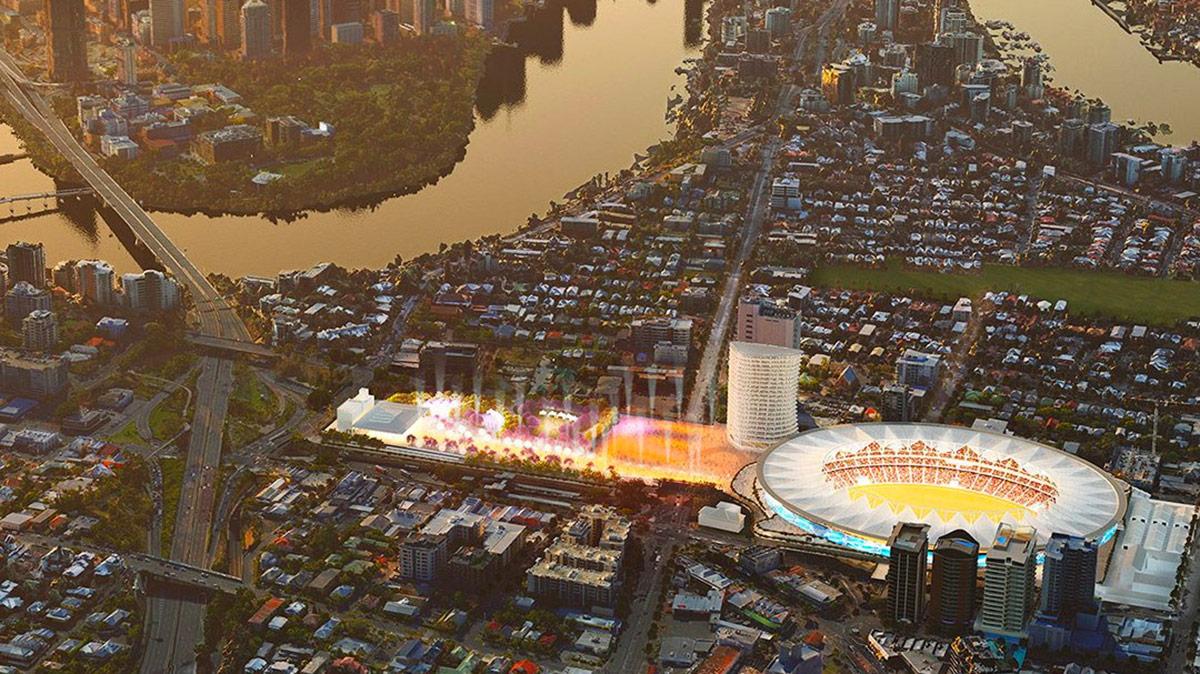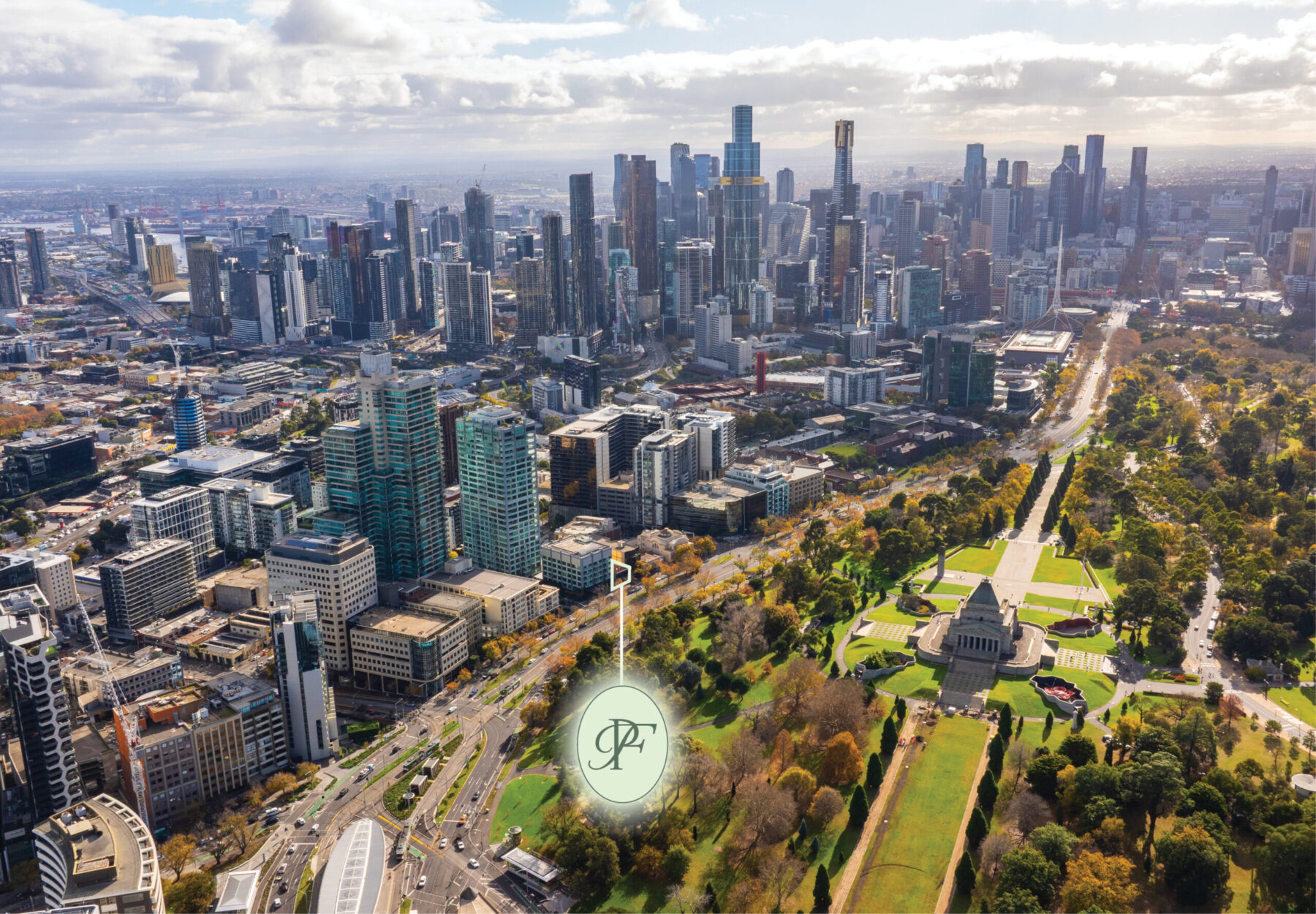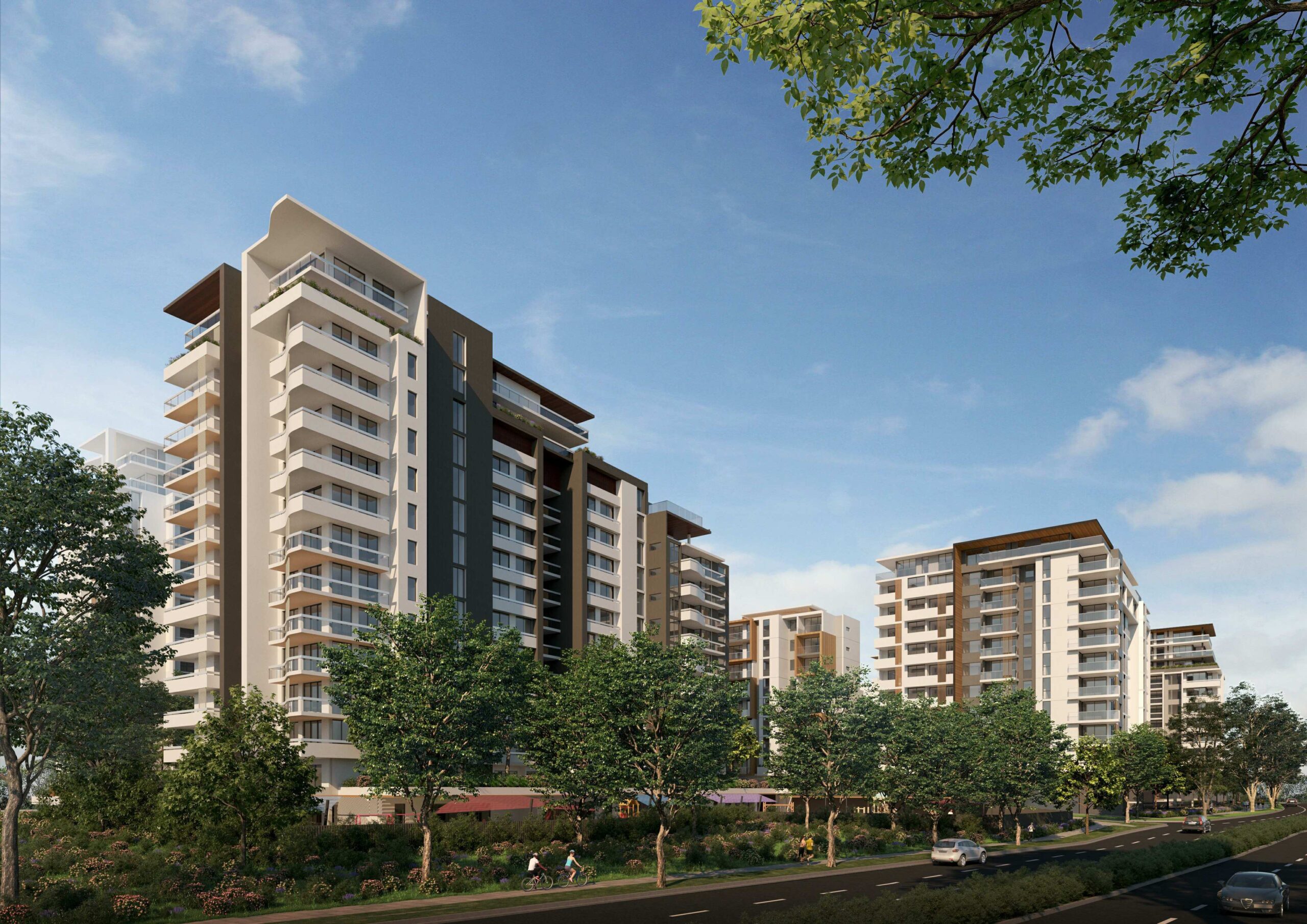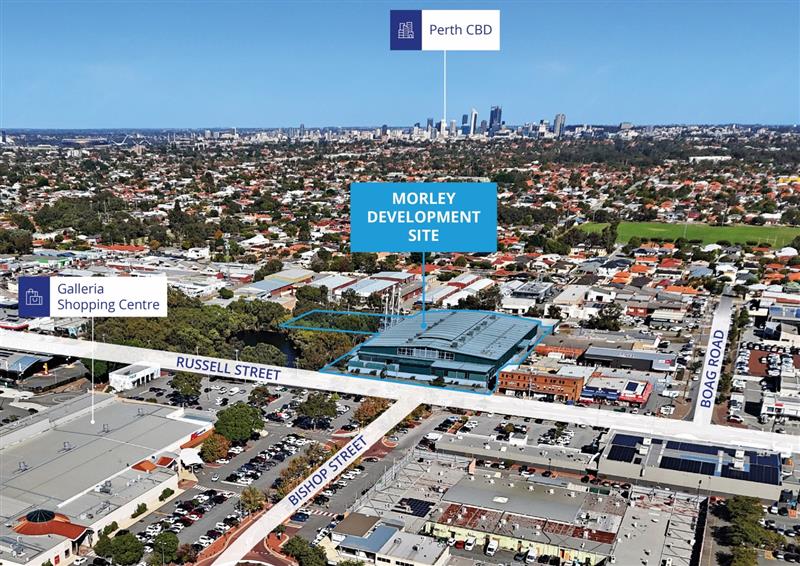Brisbane Olympics’ Midas Touch: Commercial Real Estate Assets Turned to Gold
18 October 2022
Brisbane Olympics 2032 precincts could boost the value of traditional real estate assets if we learn from the legacy of the London Olympics 2012, and underdeveloped high value sites are rejuvenated strategically.
The Brisbane Olympics could see Inner South office precinct (which covers the South Bank and South Brisbane area) rents, which were an average of $595 per square metre p.a. for Q2 2022, lift from Colliers’ projected average of $700 per square metre to just under $800 per square metre by 2032.
Similarly, office rents in the North Quarter of the CBD precinct, which were an average of $706 per square metre p.a. for Q2 2022, could reach an average of $865 per square metre instead of $845 per square metre by 2032, due to the impact of the Olympics.
We can learn a lot from comparable inner-city development for the London Olympics 2012, which is still fuelling economic activity at the Queen Elizabeth Olympic Park 10 years later, according to Joanne Henderson, National Director of Research, Colliers.
“The London Olympic Park is an examplar of sustainable development, boasting mixed, cohesive and thriving communities with access to a range of jobs, high quality services and open spaces.” Ms Henderson said.
Strategic development for the London Games also underpinned a jump in average prime office rents in Stratford from 20 pounds per square foot in 2009 to around 30 pounds per square foot in 2012.
To realise the potential of the Brisbane Olympics for commercial real estate, the creation of world-class sporting venues must be coupled with the successful strategic planning and development of the overall precincts, according to Simon Beirne, State Chief Executive, Colliers Queensland.
“People attending the Games should also experience world-class amenity outside of the sporting venues, within precincts that create the same experiences for the local community, residents and tourists in the years following the Games.” Mr Beirne said.
To support the area that will host the Brisbane Olympics’ opening and closing ceremonies, as well as the athletics competition, the new inner-city Wolloongabba precinct is set to benefit from an upgrade to the South-East Busway, the new Cross-River Rail, $450 million Brisbane Metro Woolloongabba station and $190.2 million Kangaroo Point Green Bridge.
While new businesses and markets are looking to capitalise on the Woolloongabba precinct’s future connectivity, structural uplift, and government investment, further opportunity remains with many vacant industrial lots and secondary and trade focused industrial sites, particularly along Deshon Street.
“With its proximity to the CBD, M1 motorway and Busway station and now the addition of being less than two kilometres from the Olympic stadium precinct at Woolloongabba, the Stones Corner retail hub could also be repositioned to attract heavy footfall once more.” Mr Beirne said.
The North Shore Hamilton precinct – the location of the largest waterfront urban renewal project in Queensland, will receive the support of $14 million MacArthur Road upgrades and the new $257 million Breakfast Creek Green Bridge prior to becoming home to the Athletes Village for the Brisbane 2032 Olympic and Paralympic Games.
The Athletes Village will sit on Economic Development Queensland-owned land within the Northshore Hamilton Priority Development Area (PDA), with an ultimate development capacity for 14,300 dwellings, 820,000 square metres of commercial office, retail and industrial floor space, a significant open space network and community facilities hub.
“The investment in infrastructure as part of the 2032 Olympics will further accentuate the North Shore Hamilton precinct as one of Brisbane’s premier high-tech industrial locations as part of a wider mixed-use precinct, which is already highly prized given its access to major transport infrastructure such as the Brisbane Airport and the Gateway Motorway.” Ms Henderson said.
“Industrial land values within the overall Australian Trade Coast precinct alongside the North Shore Hamilton precinct have increased by 40% over the past 12 months as developers actively target greenfield and infill redevelopment opportunities.”
Known as the cultural epicentre of Brisbane and home to the Brisbane Convention and Exhibition Centre, the South Bank precinct, will be redeveloped to become Southbank 2.0 with the new Neville Bonner footbridge over the Brisbane River and establishment of the International Broadcast Centre on industrial land, which will become Parkland after the Games.
“The investment in South Bank will create more desirability for the precinct and unlock greater capital values in existing and future residential markets that surround the site.” Mr Beirne said.
“I would also advise retailers to lock in prime sites within Southbank before more competition exists, with the vision of being established before the onset of the Olympics.”
To host the swimming and waterpolo events for the Games, a temporary swimming pool will feature within the new Brisbane Live arena – a 17,000 seat sports and entertainment venue in Brisbane CBD’s North Quarter precinct, which will be dismantled after the games and will leave a next generation entertainment venue.
The North Quarter precinct will also reap enhanced connectivity from the new undergound high-capacity Roma Street Cross River Rail Station, which is currently being developed, and will become Queensland’s most significant interchange and Brisbane’s ‘Grand Central’.
To capitalise on world-class quality entertainment and transport facilities, secondary office assets in the North CBD precinct are ripe for upgrade.
“With the flight to quality thematic continuing to play out as occupiers look for well-located, high-end office assets to attract their staff back to the office, secondary assets are poised for refurbishment or demolition and re-build to a high-end office asset.” Mr Beirne said.
“Astute developers should be looking for site opportunities within all Brisbane Olympics precincts as early as possible in the 10-year Olympic lead up timeline to capitalise on the potential value that can be unlocked from these sites prior to the Games.
“Major sporting events offer unparalleled opportunities to put places on the map, accelerate their development and transform the value of commercial real estate assets.”



